In the technological landscape of 2024, the adoption of open source software solutions in companies has become an increasingly widespread and appreciated strategy. Enterprises of all sizes are recognizing the multiple benefits of these solutions, which go beyond mere cost savings. In this article, we will explore why open source represents a winning choice for companies, current trends in its development, and how it can be effectively implemented to gain the maximum benefit.
What is Open Source Software?
Open source software is a type of software whose source code is made available to the public, allowing anyone to view, modify, and distribute it. This approach contrasts with proprietary software, where the source code is reserved only for the developers of the company that produces it. The open source community is vast and varied, composed of developers, users, and companies contributing to the continuous development and improvement of the software.
Benefits of Open Source for Companies
1. Cost Reduction
One of the main reasons companies choose open source solutions is cost savings. Open source eliminates the expenses for licenses, significantly reducing the IT budget. Additionally, maintenance and update costs are often lower compared to proprietary solutions.
2. Flexibility and Customization
Open source solutions offer a high degree of flexibility and customization. Companies can modify the software according to their specific needs, adding functionalities, optimizing performance, and integrating the software with other business systems.
3. Security and Reliability
Contrary to common perception, open source software can be more secure than proprietary software. The transparency of the source code allows a vast community of developers to quickly identify and resolve vulnerabilities. Moreover, many open source solutions are supported by major tech companies that contribute to their security and reliability.
4. Continuous Innovation
Open source fosters continuous innovation. Collaboration and contributions from a vast community of developers accelerate technological progress, introducing new features and improvements more frequently than proprietary software.
5. Community Support
Open source solutions are supported by a global community of developers and users. This means that companies can rely on extensive support to solve problems, get advice, and access a wide range of resources and documentation.
Current Trends in Open Source Development
In 2024, several trends are characterizing the development of open source solutions:
1. Adoption of Cloud-Native Technologies
Companies are increasingly adopting open source solutions designed for cloud-native environments. Technologies like Kubernetes, Docker, and OpenShift are becoming de facto standards for container management and orchestration.
2. Focus on Artificial Intelligence and Machine Learning
Open source platforms for artificial intelligence (AI) and machine learning (ML) are rapidly growing. Frameworks like TensorFlow, PyTorch, and Apache Spark MLlib are transforming how companies develop and deploy AI/ML solutions.
3. Zero Trust Security
Security remains a priority, and open source solutions are adopting the zero trust approach, which involves continuous and rigorous verification of every user and device attempting to access business resources.
4. DevOps Automation
Automation of DevOps processes through open source tools like Jenkins, GitLab CI, and Ansible is improving the efficiency and quality of software development, reducing the time-to-market for applications.
Implementing Open Source Solutions
To effectively implement open source solutions, companies should follow key steps:
1. Assessing Business Needs
Before adopting open source solutions, it is essential to assess the specific needs of the company and identify areas where open source can offer the greatest benefits.
2. Selecting Appropriate Solutions
There are many open source solutions available, so it is important to select those that best suit the company’s needs. Evaluating the maturity of the project, the quality of the code, and community support can help in making the right choice.
3. Training and Support
Training IT staff on the use and management of open source solutions is crucial to ensure effective implementation and maintenance. Additionally, considering the adoption of professional support services can be beneficial.
4. Continuous Monitoring and Updating
As with any software, it is important to continuously monitor and update open source solutions to ensure optimal security and performance.
The adoption of open source software solutions represents a strategic choice for companies looking to reduce costs, increase flexibility, improve security, and foster innovation. In 2024, trends in open source development are pushing towards cloud-native technologies, AI/ML, zero trust security, and DevOps automation, providing companies with powerful tools to tackle modern market challenges. Effectively implementing these solutions requires careful assessment, staff training, and continuous monitoring, but the benefits obtainable make this effort well justified.







